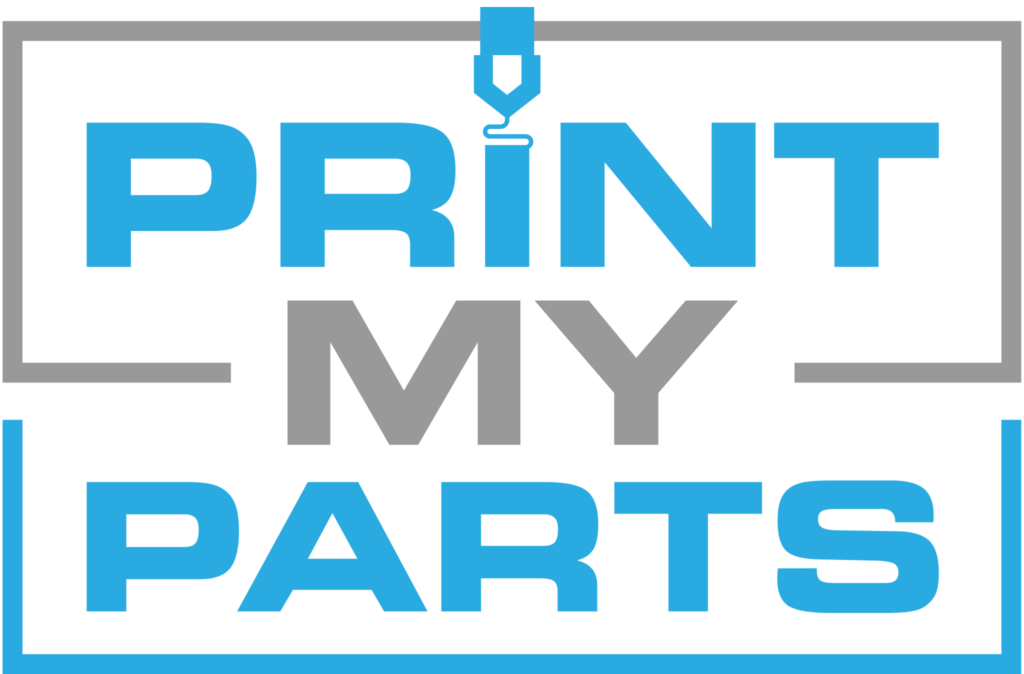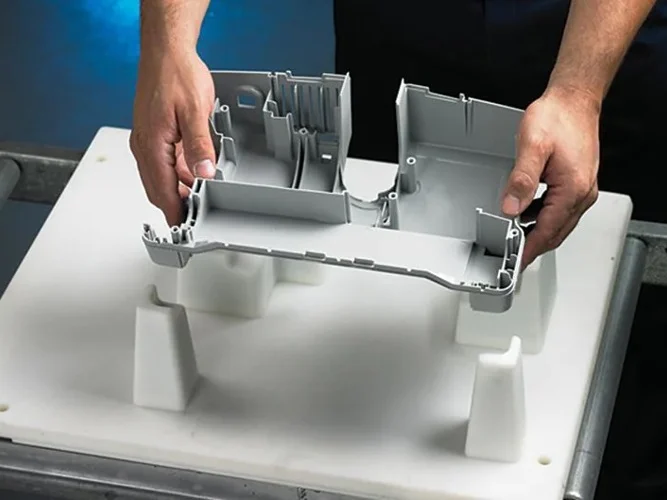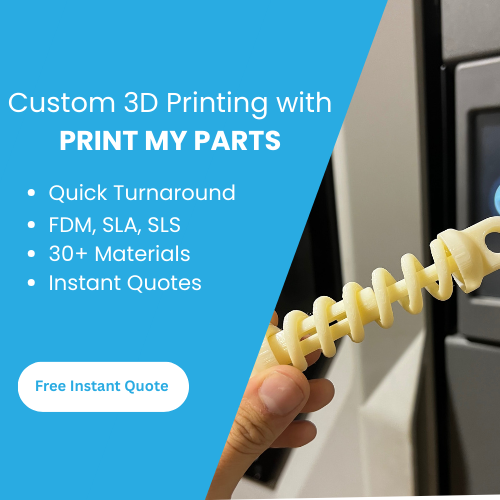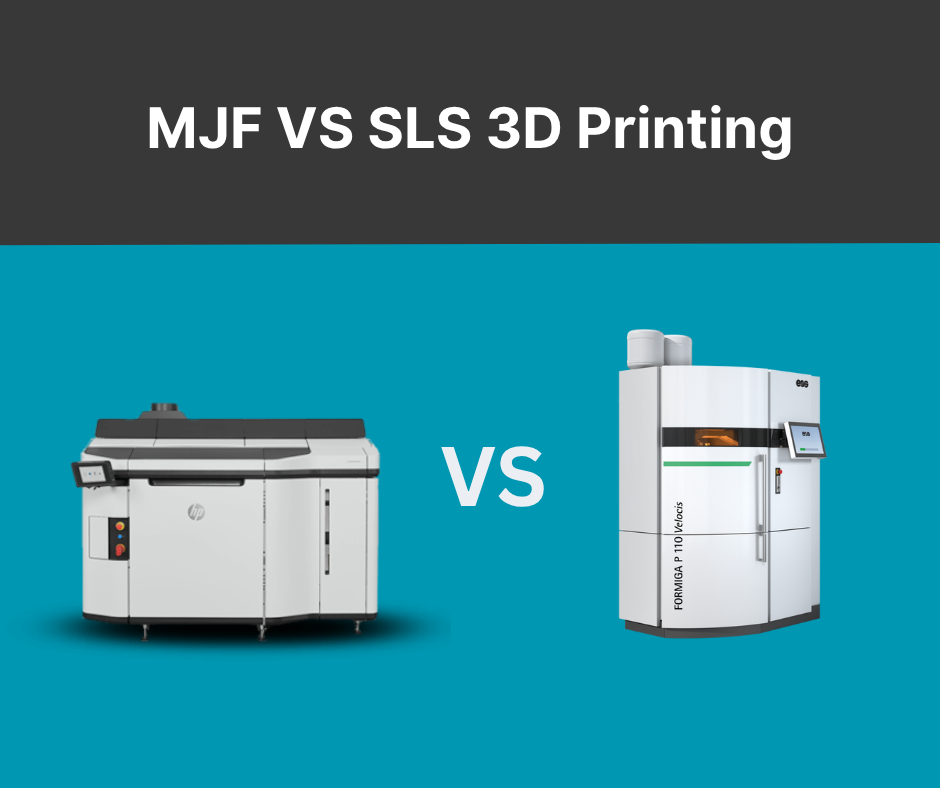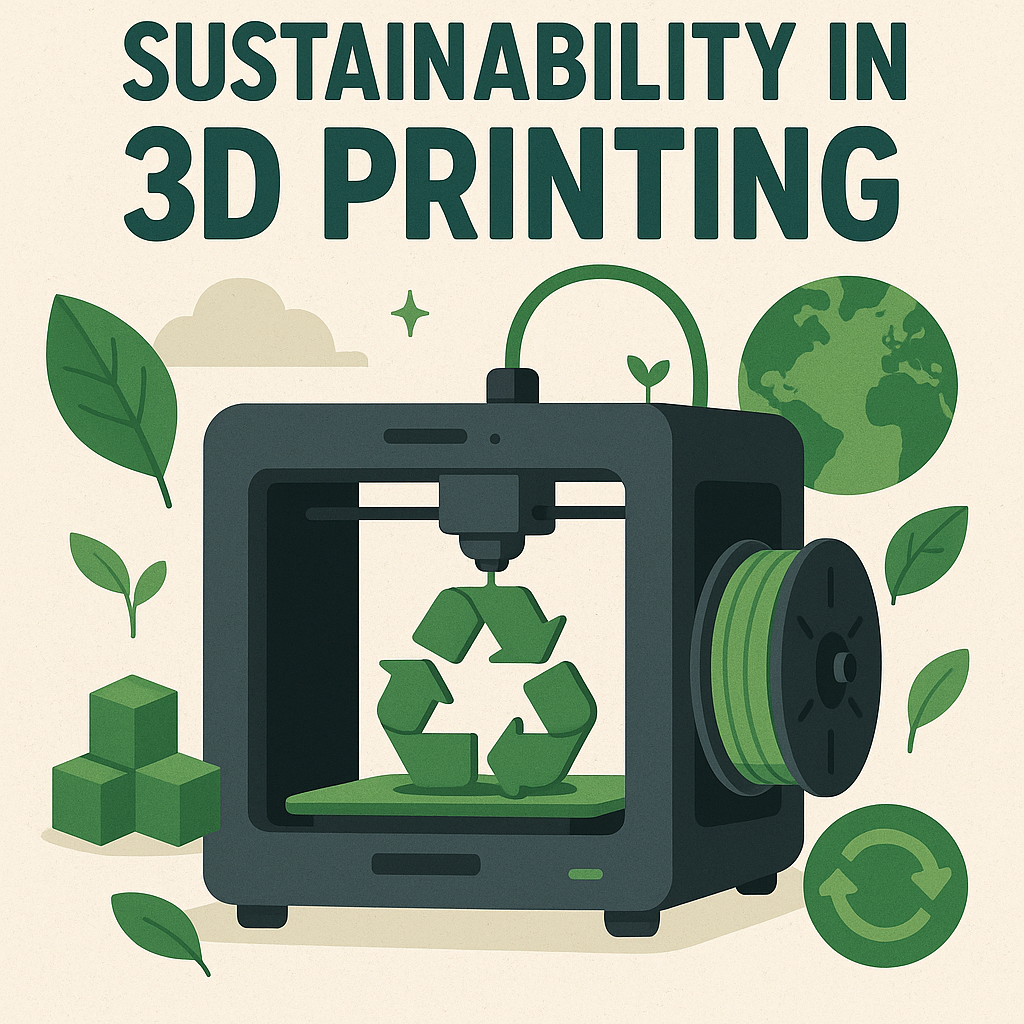In the world of additive manufacturing, efficiency and precision are critical drivers of success. At Print My Parts, we’ve seen firsthand how incorporating custom jigs and fixtures into a 3D printing workflow can transform both prototype development and full-scale production. By securing parts in exactly the right orientation, reducing setup times, and ensuring repeatable results, high‑quality fixturing empowers you to scale your operations without compromising on accuracy or part quality.
Enhanced Alignment and Precision
Proper part alignment is the foundation of any accurate 3D print. Without a reliable fixture, even small misalignments can lead to warped layers, dimensional inaccuracies, or structural weaknesses. Our custom jigs hold your parts in a fixed, predefined position throughout the entire build process, eliminating the trial‑and‑error of manual placement. The result is consistent, CAD‑true geometry—whether you’re printing intricate medical components or aerospace‑grade brackets.
Faster Setup and Reduced Lead Times
One of the most immediate benefits of jigs and fixtures is a dramatic reduction in setup time. Operators simply insert the part into the fixture’s locating features, lock it down, and begin printing. This streamlined handoff can shave up to 50% off the time traditionally spent aligning and securing parts by hand. Over multiple jobs per day, those savings quickly accumulate, accelerating your time to market and boosting overall throughput.
Improved Repeatability and Quality Control
In high‑volume production runs, repeatability is paramount. Standardized fixtures guarantee that each build starts from the same reference point and orientation, eliminating variations between batches. When every part is produced under identical conditions, quality control becomes more straightforward: statistical process control (SPC) data shows tighter tolerances, and downstream inspection processes—whether optical scanning or coordinate‑measuring machines (CMMs)—require fewer adjustments.
Simplification of Multi‑Part Assemblies
Complex assemblies that involve multiple printed components can be a logistical challenge. Modular fixturing systems solve this by integrating features for aligning and assembling subcomponents in a single setup. For example, a fixture might include dowel pins that precisely locate mating parts, ensuring perfect fit‑up as soon as the print is complete. This “print‑and‑assemble” approach reduces manual rework and virtually eliminates assembly errors.
Seamless Integration with Automation
As lights‑out manufacturing and robotic post‑processing gain traction, jigs and fixtures become even more valuable. Our fixturing designs are fully compatible with robotic arms, automated gantry systems, and CNC post‑processors. Securely held parts can be picked, flipped, or transferred between machines without human intervention, enabling true end‑to‑end automation and maximizing machine utilization.
Material Efficiency and Sustainability
High‑precision fixturing doesn’t just save time—it saves material too. By virtually eliminating misprints caused by shifting or misalignment, you reduce excess filament or resin consumption. That translates into lower costs per part and a smaller environmental footprint. At Print My Parts, we’re committed to sustainable manufacturing practices, and minimizing waste is a core part of that mission.
Customization for Your Unique Needs
No two projects are identical, which is why we design fixtures tailored to your exact part geometry, material, and production volume. Whether you need rapid‑turnaround prototypes or jigs built for hundreds of repeat builds, our engineering team collaborates closely with you to develop the perfect solution. Quick‑change modular inserts let you adapt a base fixture to multiple part families, so you’re never starting from scratch.
Streamlined Post‑Processing and Inspection
Jigs aren’t only for printing—they’re invaluable for post‑processing as well. The same fixture that held your part during printing can support it during sanding, painting, or ultrasonic cleaning. Integrating reference points into the fixture design allows for inline quality checks, so you can verify dimensions immediately after printing and catch deviations before they escalate into costly reworks.
Cost Savings on Large‑Scale Runs
While the initial investment in a custom fixture may seem significant, the long‑term ROI is undeniable for large production runs. Reduced setup labor, minimized scrap rates, faster cycle times, and fewer machine stoppages all contribute to a lower total cost of ownership. For manufacturers producing hundreds or thousands of parts, these cumulative savings can amount to tens of thousands of dollars annually.
Versatility Across Technologies and Industries
Whether your shop specializes in FDM, SLA, SLS, or metal DMLS, our fixtures adapt seamlessly to your chosen process. Industries from aerospace and automotive to healthcare and consumer electronics rely on jigs and fixtures to meet demanding tolerance standards and accelerate time to market. At Print My Parts, our broad experience means we understand the unique challenges of each sector—and how to solve them with smart fixturing.
Conclusion
Incorporating jigs and fixtures into your 3D printing workflow is a strategic move that pays dividends in precision, speed, and cost‑effectiveness. From improved part quality and repeatability to streamlined automation and sustainability gains, the advantages are clear—and growing in importance as additive manufacturing scales up.

